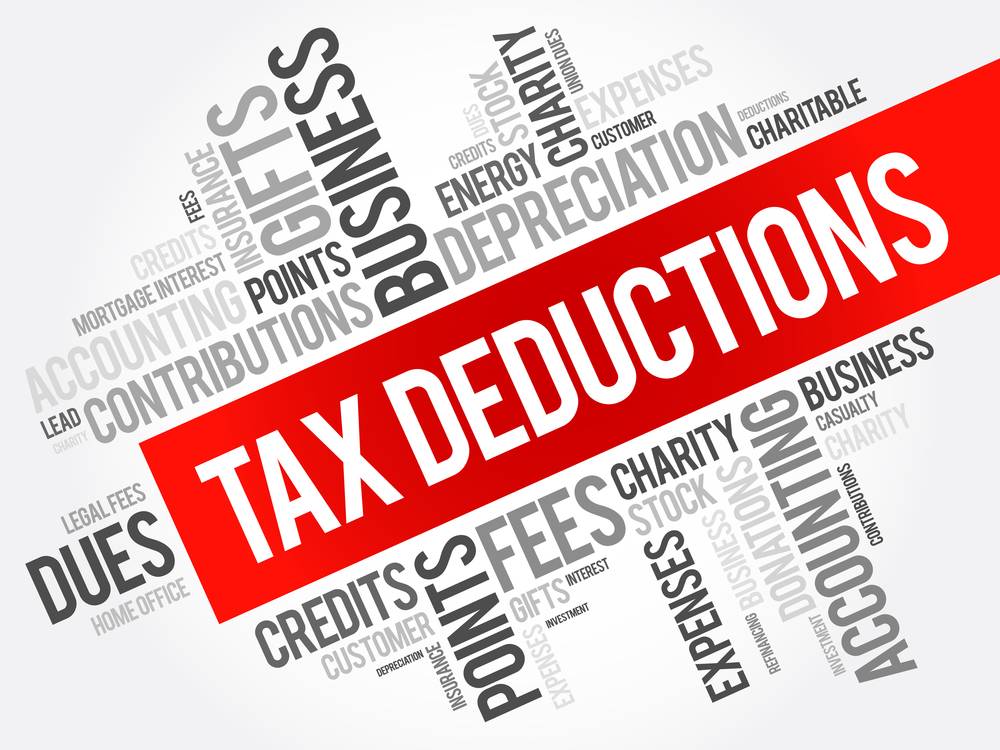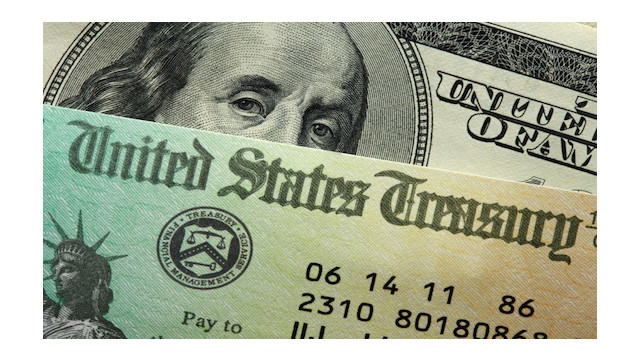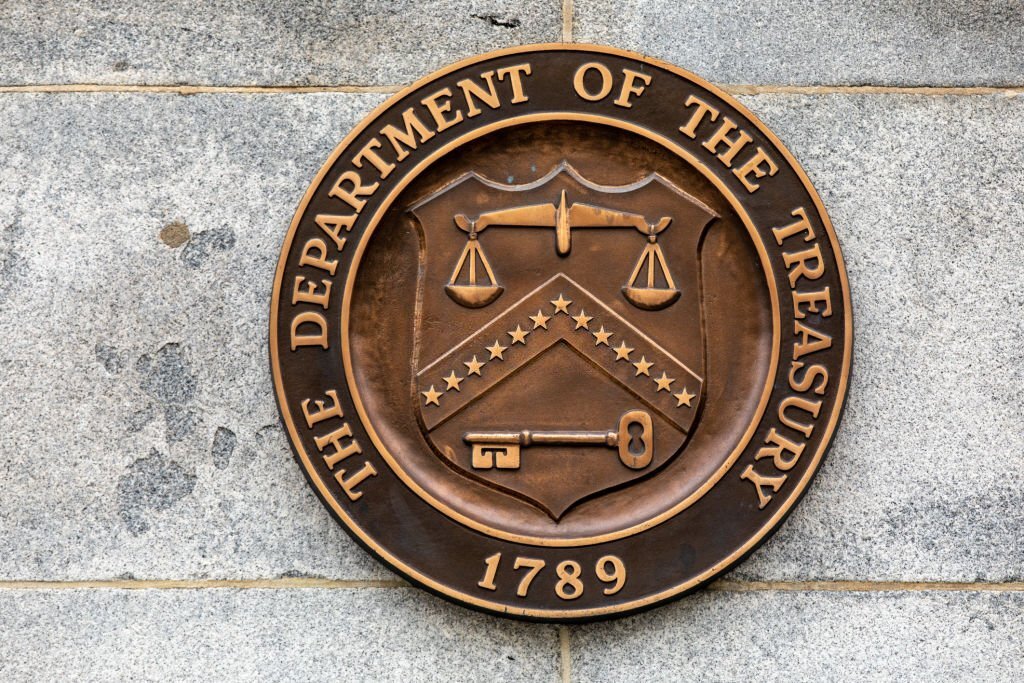Are you a small business owner who uses a personal vehicle—say, a passenger car, SUV or pickup truck—for extensive business driving during the year? If so, you may be entitled to favorable depreciation-related tax deductions, subject to certain special rules and limits, if you keep accurate and detailed records. It’s usually a good deal overall for taxpayers.
However, watch out for a little-known tax trap. If you are doing less business driving than usual this year, or you’re using your vehicle more for personal travel than you have in the past, you could be hit with an unexpected tax bill.
Background: The tax law provides the following three depreciation-related tax breaks for business owners: the Section 179 expensing deduction, the first-year bonus depreciation deduction and regular depreciation deductions under the Modified Cost Accelerated Cost Recovery System (MACRS). Due to recent legislation, the tax benefits have been enhanced.
1. Section 179 deduction: Under Section 179 of the tax code, you can currently deduct, or “expense,” the cost of a vehicle based on the percentage of business use. But your deduction may be limited by the “luxury car” rules. Under the
Tax Cuts and Jobs Act (TCJA), the maximum deduction for 100% business use is increased to $10,000 per year, plus inflation indexing. The figure for 2023 is $12,200.
2. First-year bonus depreciation: The TCJA also increased the 50% first-year bonus depreciation tax break to 100% for property placed in service after 2017, adding a maximum $8,000 deduction for a vehicle. But this deduction is being gradually phased out over five, years, beginning in 2023. The percentage for vehicles place in service in 2023 is 80%.
3. MACRS deductions: Besides Sectuion179 expensing and bonus depreciation, any remaining amount can be written off under MACRS. These rules allow you to benefit from accelerated depreciation in the early years of ownership as opposed to smaller deductions under the straight-line method.
Caution: You can claim accelerated depreciation deductions for a vehicle only if your business use remains over 50% of the total use. That can turn into a tax problem.
For example, say that you placed your vehicle in service in 2020 and have claimed a total of $20,000 in depreciation-related deductions. Previously, your business use for each year exceeded 50%, but you expect it to drop below the 50% level in 2023.
If you had simply used straight-line depreciation instead, your deductions would have totaled $15,000, As a result, you now have to recapture $5,000 of ordinary income and use the straight-line method instead of MACRS going forward.
In real life, the actual calculation will likely be more complicated and the figures will vary. Nevertheless, this should give you a rough idea of the potential consequences.
Better approach: Fortunately, you may avoid this potential tax pitfall by using the vehicle more for business and less for personal driving the rest of the year. Make sure you keep business use above the 50% level. In addition, maintain all the driving records required by the IRS. Your professional tax advisors can provide assistance.
Thanks for reading CPA Practice Advisor!
Subscribe Already registered? Log In
Need more information? Read the FAQs
Tags: Benefits, Income Tax, IRS, Taxes





